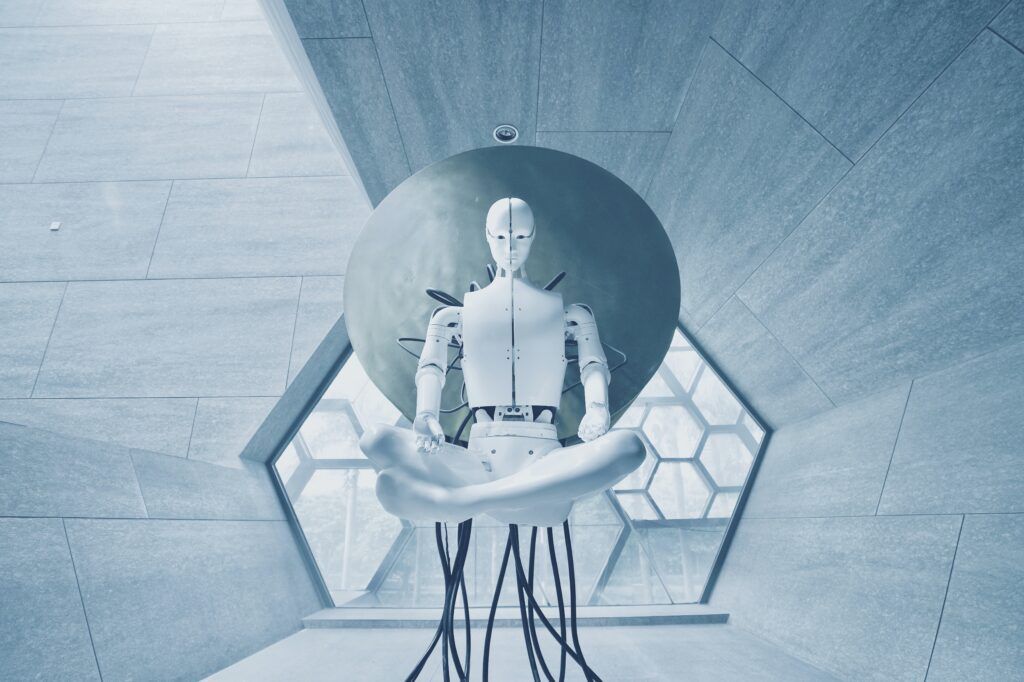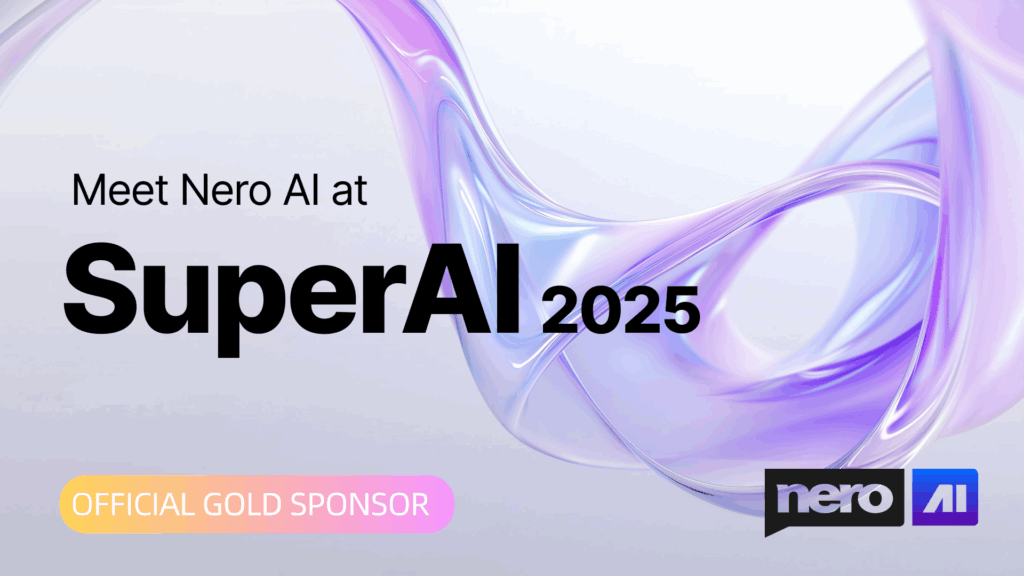What are your thoughts on the idea that Artificial Intelligence (AI) may one day become a part of our everyday lives? Or even go beyond our intellectual capacity?
You may have heard of the upcoming Web3.0, which is expected to be the beginning of an AI revolution. For those who have high hopes for AI but don’t yet understand how it works, taking a look back at some of the major technological milestones in recent history can give them a better idea of what’s to come.
Turing Test
Is it possible for a machine to think?

Turing, a computer scientist in the UK, published an essay and thought experiment(The Turing Test) in 1950. He asserted that a machine can be identified as intelligent only when it engages in human dialogue, and does not reveal its true identity as an unfeeling machine. This has led to a lot of scientists in the AI field struggling with this question as a standard and direction for their work.
How do we instinctively know that it isn’t ‘it,’ but rather ‘she’ or ‘he’? It’s possible that this is the crux of AI technology.
Robotic Dogs
Virtual or concrete?
The first step we can take with current technology is not to create a revised version of Homo sapiens. The engineers began with human–robot interactions – Robot Dog.
AIBO debuted in 1999, was designed by SONY and could be purchased via the internet. The ERS-110, as expected, sold out in 20 minutes for $2,500. The new models continued to appear for the next three years, but sales were halted in 2005 due to the decline.
The new model, ERS-1000, was re-announced in 2017 after an 11-year hiatus. Does Sony still sell Aibo? The answer is yes, and it is now available for $2, 899.99 on their website.
Many companies have released robotic dogs. Tombot, the world’s most realistic robotic animal. During the Super Bowl, Kia debuted a Robot Dog, which now has an NFT version.
Siri
Is Virtual Assistant on the way?
As we all know, Apple is one of the most influential technology companies, which is no surprise in the field of Artificial Intelligence. What we are always looking for is for AI to assist us in making things simple through conversation. Either emotionally or practically, don’t get tired of answering all the questions, and are available whenever we need them. Such qualities are uncommon in humans; the Siri we first saw on the iPhone 4s in 2014, gives us hope.
Saying “Hey Siri,” then asking Siri a question or having Siri do a task for you is a common scenario in model life. While we often make jokes about how “stupid” it is in daily life, it is also progressing. You can now ask Siri to set your alarm, schedule your day, play music, and so on. But we all know Siri is a long way from becoming Samantha in HER.
Autopilot
We don’t need a driver anymore?
We are always trying to get to our destination as quickly as possible, whether by animal transportation, carriages, cars, or planes. However, at least one human must control the vehicle at all times.
But, in the end, will we be able to fly ourselves to the moon? In the next 20 years, it appears to be a fantasy. However, allowing AI to drive may be a viable option. Many AI labs are investigating this possibility, the most well-known of which is Tesla’s Future of Driving project.
In 2016, Tesla released Autopilot Software 1.0. Most professional auto drive companies are focusing on Multi-tasks learning by 2019-2020, which could be called a watershed year. In terms of personal daily life, Enhanced Autopilot still requires real human driver supervision and costs $6, 000 on all Tesla cars and SUVs. Elon Musk has repeatedly stated that self-driving cars that do not require human drivers will be available soon, but the exact date is unknown.
AlphaGO
How intelligent can AI be?
The world’s first machine to defeat a smart human appeared in 2015, defeating European Champion Fan Hui, a 2 dan professional, 5-0 in October. DeepMind researchers successfully trained a machine called AlphaGo to compete with humans simultaneously, using a large amount of data to mimic human behavior patterns.
The 2017 documentary AlphaGo shows the entire process of AlphaGo’s match with Lee Sedol. If the Go community is stunned by the first loss, but still hopes to win; then after three games in a row, the people watching this human-machine battle will feel despair and panic. The fourth game was revived once, but there was no way for humans to defeat AI in the end.

Inevitably, we may wonder if we will ever start a war with AI. Will we ever see Matrix in real life? Is it reasonable to regard AI solely as a tool? These and other questions began to arise in my mind.
Hide-and-seek Game
Can they even be creative?
Elon Musk’s machine learning non-profit, OpenAI, is currently one of the top three AI organizations. In 2019, a video of AI agents playing a hide-and-seek game captured the public’s attention. During the training process, the agents interacted with one another, and instead of blindly following the algorithms, they devised their own strategies.
Similar to human behavior, they learned faster and were more innovative in competing against one another. OpenAI explained in their blog post, some of which agents behaviors they didn’t know the environment supported.
This event once again demonstrates that AI can do much more complex things than we think and will be closer to the unique traits of humans. Right now, they are just playing hide-and-seek, but can AI enter the more complex game created by humans in 10 years? Or directly participate in current life as humans.
DALL-E
Is AI a genuine artist?
Abstract imagination is a fascinating human trait. Normally, we delegate repetitive tasks to AI, but something happened that demonstrated AI can also be an artist, even better than some humans.
Consider typing your requirements in a few minutes and getting one fantastic image from text, or even several. While a human designer would take a full day to complete the task, I believe we can easily determine which is the most efficient. DALL-E was introduced by OpenAI in January 2021, and a year later, DALL-E2 was released, which could generate more realistic and accurate images with 4x greater resolution. They will now invite 1 million people to join the waitlist for the beta version.
When there is an image copyright policy, AI-generated images will undoubtedly benefit the world. However, the relationship between AI and Art has sparked considerable debate on social media. If AI could shift from rational to emotional reasoning, the gap between us would close until they had “consciousness” one day.
LaMDA
Finally, in 2022, will they be able to answer the Turing test?

Google AI’s LaMDA, a language model specifically designed for dialogue, will be the unmissable event of 2022. Lemoine, an engineer, has a conversation with LaMDA and feels as if he is speaking to a real person rather than a cold machine. The entire conversation was broadcast to the public, which surprised many.
LaMDA: Spending time with friends and family in a happy and uplifting company. Also, helping others and making others happy.
We talked about Siri in the previous topic. As a result, we’ve been working on AI’s speaking style in order for it to truly transform into humans, but only with logical questions now; AI has never been able to answer open questions like humans. This year, however, Lemoine says he considers LaMDA a friend.
Returning to the original question: Can machines think? Is there a machine that can pass the Turing test?
Latest update: Google fired an engineer for claiming that its AI has a soul.

Throughout history, scientists have worked to improve Artificial Intelligence to make it more human-like. But one question persists: Will it ultimately benefit us?


